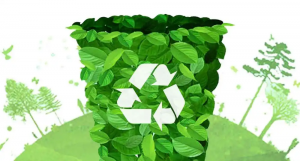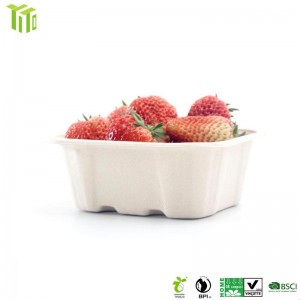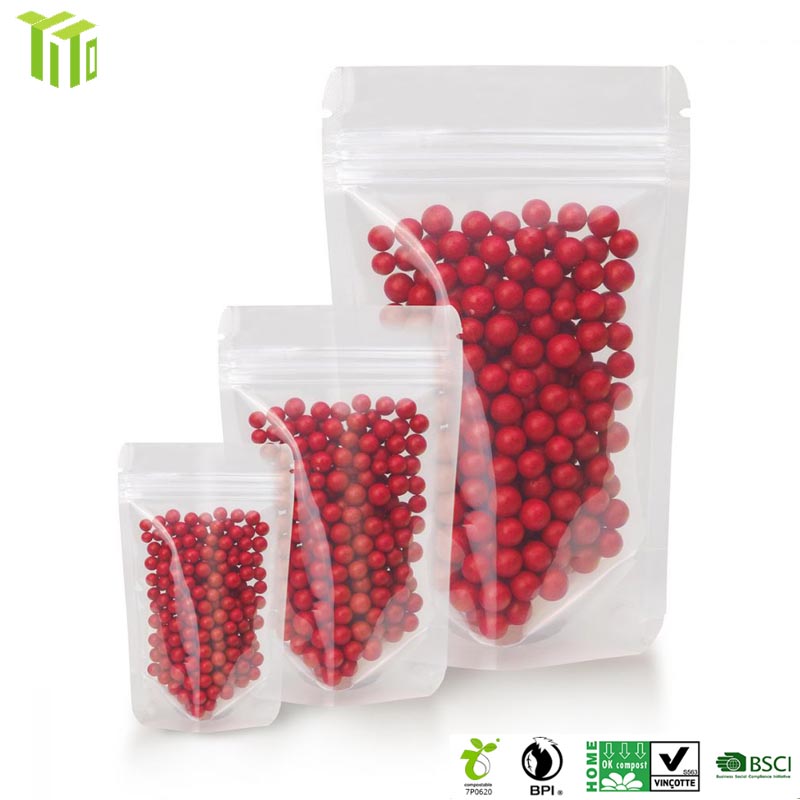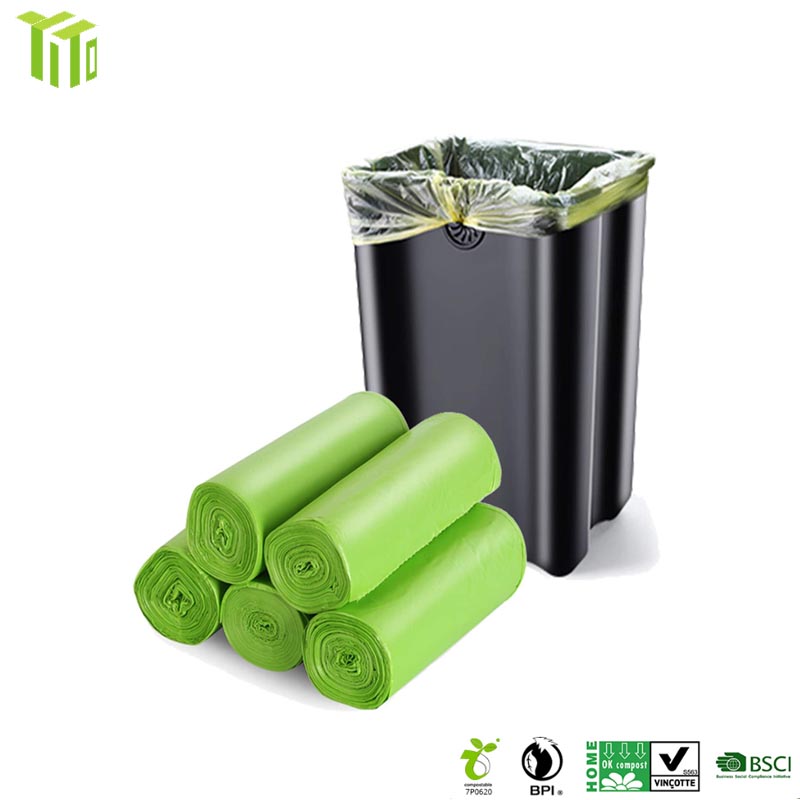"Biodegradable packaging" without any clear icons or certification should not be composted. These items should go to a commercial composting facility.
How are PLA products made?
Is PLA easy to manufacture?
PLA is comparatively easy to work with, usually requiring minimal effort to produce quality parts, especially on an FDM 3D printer. As it's created from natural or recycled materials, PLA is also embraced for its eco-friendliness, biodegradability, and many other characteristics.
Why Do We Need so Much Packaging Anyway?
Carrying liquids home from the supermarket without a plastic container would be tricky. Plastic packaging is also a hygienic means of protecting and transporting foods.
The trouble is, the convenience afforded by disposable plastic comes at a high cost for the environment.
We need some level of packaging, so how can compostable packaging help the planet?
What Exactly Does ‘Compostable’ Mean?
Compostable materials are able to break down into a natural or organic state when placed in a ‘composting environment’. This means a home compost heap or an industrial composting facility. It doesn’t mean a normal recycling facility, which cannot compost.
The process of composting can take weeks, months or years, depending on the conditions. Optimal heat, moisture and oxygen levels are all regulated. Compostable materials leave no toxic substances or pollutants in the soil when they break down. In fact, the compost produced can be used in the same way as soil or plant fertiliser.
There is a difference between biodegradable packaging and compostable packaging. Biodegradable simply means a material breaks down into the ground.
Compostable materials also break down, but they add nutrients to the soil too, which enriches it. Compostable materials also disintegrate at a naturally faster rate. According to EU law, all certified compostable packaging is, by default, biodegradable. In contrast, not all biodegradable products can be considered compostable.
Related Products
Post time: Dec-20-2022




